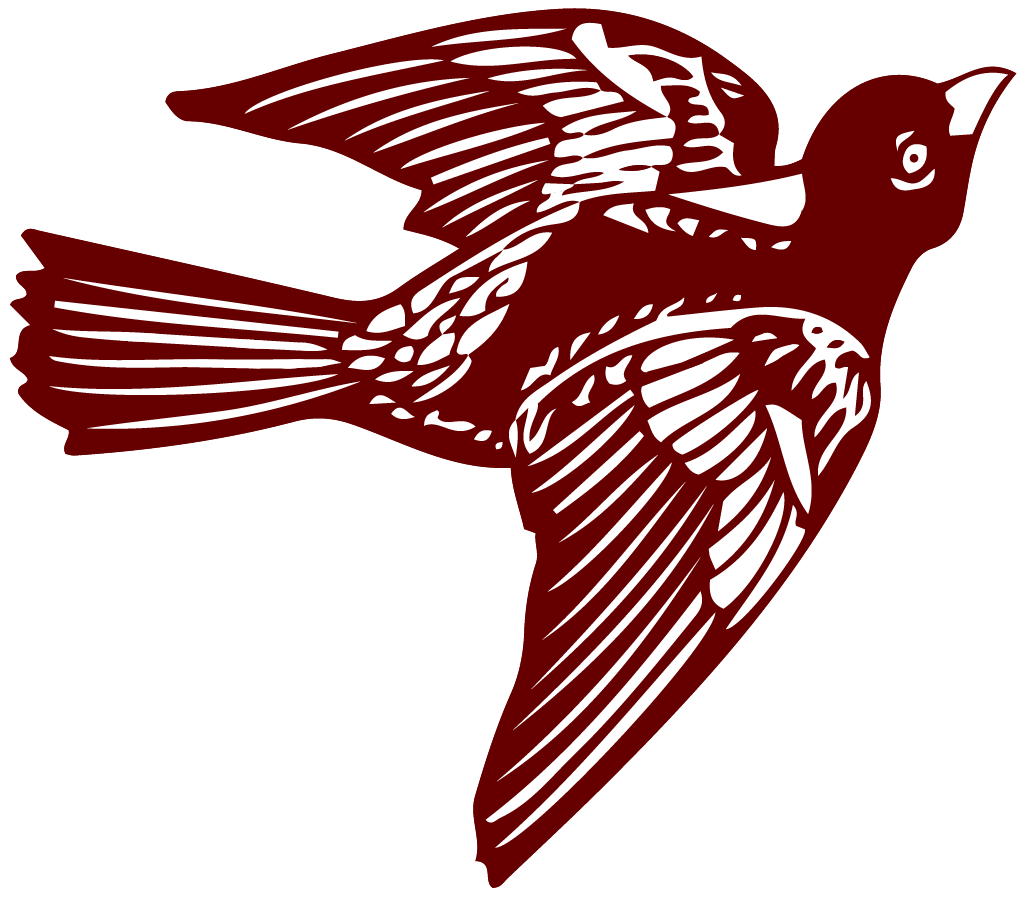Skip to content
Show submenu for About SHS
Show submenu for Academics
Show submenu for FAMILIES
Show submenu for STUDENTS
Show submenu for COLLEGE AND CAREER READINESS
COLLEGE AND CAREER READINESS
Show submenu for Library Media Center
Library Media Center
TRAVELER DATABASES
Show submenu for EXTRACURRICULAR
SHS READY FOR LEARNING
Show submenu for
